The month of September is now behind me … it was noteworthy, as I spent a good two-thirds of it “on the road.” Not in one trip, but involving three different ones … which I wouldn’t have planned that way, but I had no control over the scheduling!
The first week was spent at the annual convention of the National Railway Historical Society, which was held at Deerfield Beach, Florida (of which I anticipate sharing with you through photos in a future Musing). The last week of the month, I was in Pigeon Forge, Tennessee, where the National Quartet Convention — Southern Gospel’s biggest annual event — takes place each year. As you likely know, I was heavily involved in the genre for a decade earlier in this century, as part of my employment with XM/SiriusXM.
Sandwiched in between was a trip to Frederick, Maryland, for another historic event … a one night only/sneak preview showing of the documentary film heralded above — however, it was not the actual premiere release, which is still to come. WHFS was a radio station which signed on in November 1961, occupying the last FM frequency available in the Greater Washington, D. C. market and is licensed to Bethesda, Maryland — a community which adjoins the District of Columbia border on its northwest side.
Feast Your Ears tells the story of a small, obscure radio station that rose to national acclaim playing artists and recordings being heard nowhere else. While the beginning of the film — where yours truly makes a cameo appearance — covers the origins of the station, the prime focus is on the major transformation that began in early 1968.
The showing took place at the beautiful, historic Weinberg Center for the Arts in Frederick. It proved to be a great location — being not that far out from the heart of the Nation’s Capital. This location gave those who attended, mostly faithful listeners of WHFS in those celebrated days 40-plus years ago, a great venue to view the finished film. And nearly 700 showed up to see the 90-minute production, the brainchild of Jay Schlossberg, who has devoted a good decade of work that lead up to this day. His cohort for much of the journey has been Dick Bangham … seen here standing in front of the Weinberg. (That’s Dick on the left, Jay on the right.)
In promoting the showing, the Weinberg Center described the film this way:
The legendary and beloved WHFS was more than just a local radio station — it was the voice of a generation. Hear from local, national and international musicians, the ‘HFS deejays, record label veterans, journalists, historians, fans and more as they reflect on a time when the music united a tribe who spoke out via the radio waves about war, equality and a time of great social, cultural and political upheaval.
This “free form” progressive contemporary music format had its birth in 1967 at KMPX in San Francisco, when a former “Top 40” DJ named Tom Donahue convinced the station’s owner to give up his existing foreign-language programming for this album-cut, hip-sounding music formula. It wasn’t long before KMPX attracted a devoted audience as well as attention from across the nation. In early 1968, several stations in other cities began airing the format, but only a few hours a day or week. Two of these stations were WBCN in Boston and WHFS.
In Boston, the format had its beginnings in March 1968 when a local night spot owner purchased the overnight 11 P. M. to 5 A. M. block on WBCN, which otherwise was a money-losing classical music station.
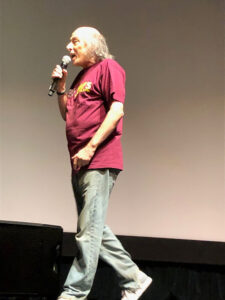
Beginning about the same time, WHFS began airing a single weekly show which drew attention … and slowly grew from there. I was told from a reliable source that ” … while a bit late to the game, ‘HFS became the standard bearer, with other free form, or AOR (Album-Oriented Rock) stations, waiting to see what ‘HFS would play.” Why? Because most of the WHFS on-air gang were not persons with any radio experience. They were simply young people who loved the artists and this genre of music (which was rooted in the “hippie” generation) and who jumped in when there was a need or given the opportunity! Three prominent names throughout much of these golden years were Cerphe, Damian, and — as seen here on stage the night of the showing — Weasel.
Take three minutes now and watch the trailer for “Feast Your Ears!” But first, turn up your sound!
If you’ve not read my “RADIO … My Love, My Passion” memoir, you may wonder why Marlin was invited to attend this showing of this documentary — because I was the station’s first and only full-time employee for the first two years it was on the air! Of course, I had departed six years prior to the first hours of this musical genre’s arrival! Same case with WBCN … I departed well before its beginnings in Beantown.
The full film was given its first public exposure at the Woods Hole Film Festival on Cape Cod back in July. Another film festival screening will occur just days from now at the Mill Valley Film Festival in California on Friday, October 13th. Mill Valley is just a few miles north of the Golden Gate Bridge and from where — as noted above — this free-form radio format had its birth!
Concluding, should you have an interest in the creation, operation and audience impact of WHFS (not so much the film) here’s a link to an hour-long panel conversation which took place at Montgomery County Community College in Rockville, Maryland in 2022.
Fast-forward 40 years ‘til today … let me raise this question: If management and ownership were to drop the tightly-controlled playlists, where most everything is carefully researched to play only songs which were major hits and/or drew positive response in testing, and allow air personalities to chose recordings with a “free form” approach — would this bring about a resurgence in listening? We could call it an opportunity for “music discovery?” That’s what Jerry Del Colliano, a name well-known throughout the radio industry and now a college professor, says will be a key to bringing young people back as radio listeners!
Do you agree? Do you have memories from those “free form” formatted radio days you’d like to share?
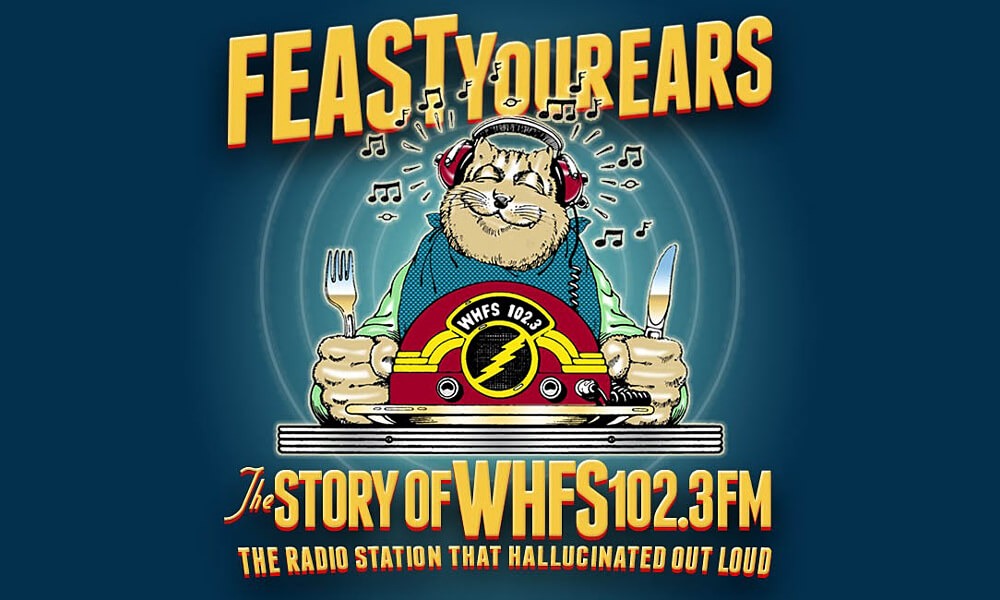
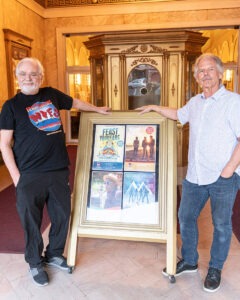

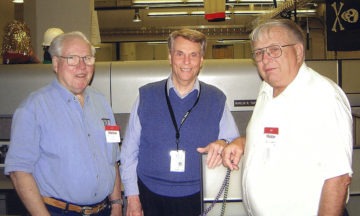
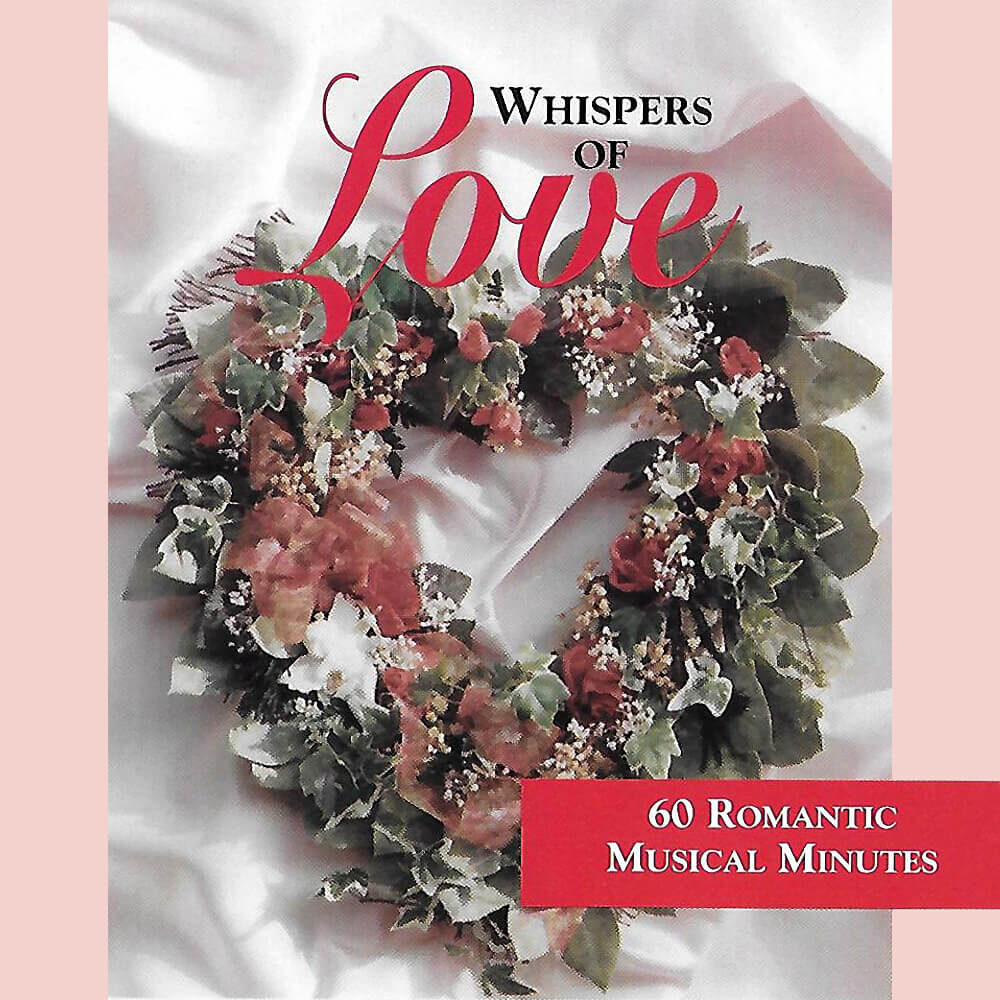
Your enthusiasm is showing for the unusual format you described. My own radio involvement, going beyond the
Bonneville years was when a Salt Lake partner and I leased AM 1510 converting Spanish language programming to a satellite-delivered Motivation Radio format. We called it The Winner News Network ( WNN ) and it featured vignettes from Zig Ziglar, Dennis Whitley, even Norman Vincent Peale, and recordings from self-improvement authors and speakers. Indeed radio can be more versatile and full.
Dick Dixon
Interesting, Dick.
Hi Marlin – What a great story about the fabulous days of 1970's rock radio. YES! I do remember free form radio and loved it! We had a couple of great stations in Florida… one was in West Palm Beach, I think. And the programming was whatever the host of the show wanted us to hear. Like the full version of The Doors' "Light My Fire," for instance. Which we never heard on regular stations. Another great moment in free-form happened in the early 80s when Sarasota's WQSR-Quad 102.5 was bought by Cosmos Broadcasting of Columbia SC and a format change was in their plans. QSR's Disk Jocks locked themselves in the station's control room for almost 24 hours in protest. Bring it Back, I say! Current rock radio playlists are a barren desert where the only song from Led Zepplin they ever play is "Stairway to Heaven." Surely, even with commercial spots and promos, a 24-hour day could provide much more creative programming. As always, your massive experience in radio-land is a delight to read about. So, please keep on posting Marlin's Musings!
Thank you, Deborah . . . always happy to hear from my readers, especially when they add to the story!